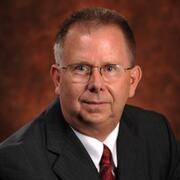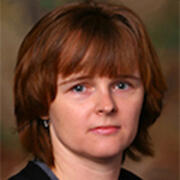Have questions about this report? Ask the author(s).
Compares the actual economic impact of ASU graduates working in Arizona to the impact in three hypothetical scenarios, each of which assumes the rate of growth in the number of individuals graduating from ASU was less than the actual number.

Dennis received a B.A. in economics and mathematics from Grand Valley State University, a M.S. in economics from Michigan State University, and a Ph.D. in economics from Michigan State University in 1978. He has served on the faculty of the Department of Economics at ASU since 1979, as director of ASU’s L. William Seidman Research Institute (2004-24), and as the director of the Office of the University Economist since 2005.

Eva received her B.S. in finance from Babes-Bolyai University in Romania, a M.S. in business management from Politehnica University in Romania, and a M.A. in economics from Western Michigan University in 2000. She worked as a research analyst at the W. E. Upjohn Institute in Kalamazoo, Michigan prior to joining ASU’s L. William Seidman Research Institute in 2007.

This infographic estimates the total (direct, indirect and induced) economic impacts of the infusion of new dollars associated with Sun Devil Football regular season home games in 2024-25 season the…

This infographic estimates the total economic impacts of Sun Devil Athletics' 2024-25 season in the city of Tempe and Maricopa County.
Focusing on the regular seasons of 11 ticketed Sun Devil Athletics sports and two National Collegiate Hockey Conference Quarter Finals, it estimates the…

An update to the November 2023 paper that presented data through 2022, estimates are presented of the number of ASU graduates working in Arizona, as well as their average wage, aggregate wages, and tax payments. Estimates are made for each year from 2012 through 2023.